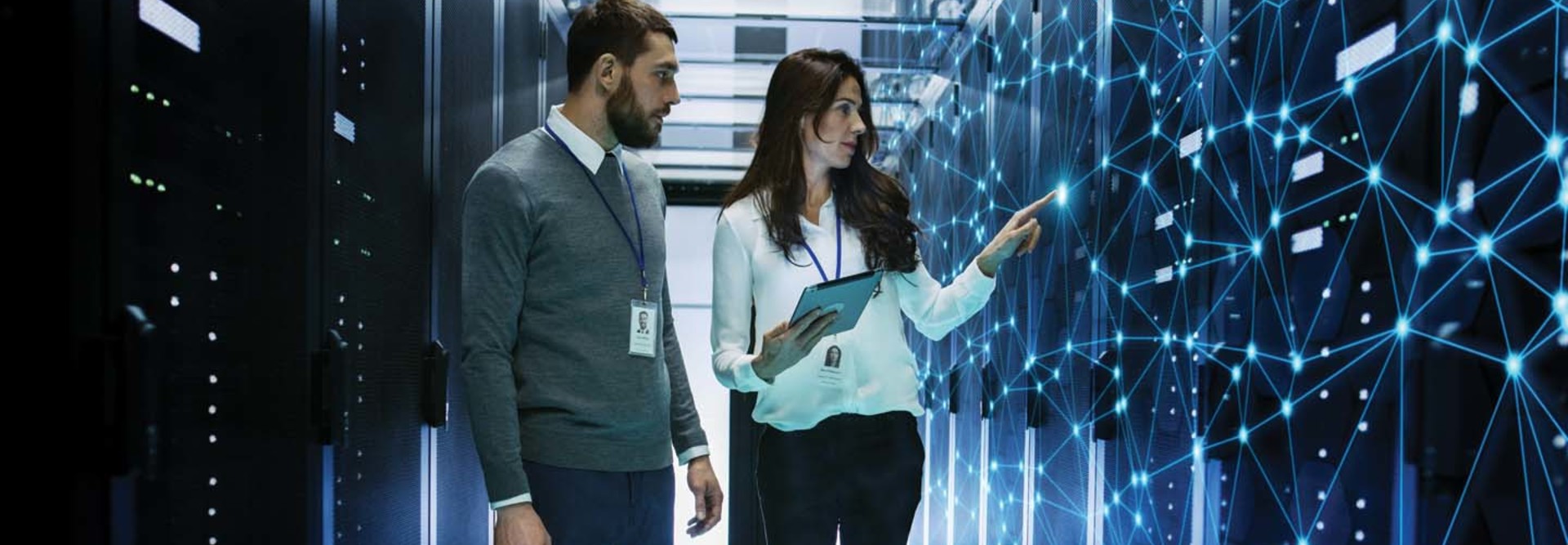EDTECH: AI is being positioned as versatile technology that can help with almost everything a higher education institution does. Where do you see AI being most useful?
NISPEL: There is certainly AI for networking and AI for data and how you engage with it. I'm mainly focused on how we can use AI to change the way users interact with our systems that we provide. We're building products for and with AI to make people's lives easier in terms of network operations, how they configure applications, how they interact with security and how they interact with enterprise data overall.
EDTECH: Speaking of data, institutions are going to need increased storage and computing to handle the amount of information input and output through AI tools. How can they best prepare?
NISPEL: What you need to do in network infrastructure to optimize for AI workloads is going to fall on the data center, obviously, but that is right now more on the hyperscale side. If you look at higher education, certainly, you will see more and more computer science departments jumping onto the GPU bandwagon and building up capacity. So, you need to ensure that those workloads can hold up in terms of latency and throughput storage.
We're also seeing requirements, even at the network edge, that are changing for AI. And especially in higher education, there's a lot of Internet of Things and smart building infrastructure that is being built that will generate data. Then the question becomes, where do you process the data? More and more edge compute workloads are required for AI inference, but also for distributed learning, so you need to make sure that you take that into account. We're seeing all of those moving at the same time.
EDTECH: This may be hard to answer, but is there any way to anticipate just how much more storage and computing power institutions will need in the coming years?
NISPEL: That is a difficult question. We recommend CIOs take into account that, as the classroom gets smarter, adoption of AI from a student perspective gets bigger, and that new tools such as augmented and virtual reality are also being used. There's a lot of change; the density is changing a lot, and the best strategy to plan ahead and protect yourself from shortage is to rethink your Wi-Fi access infrastructure.
We have recently, over the past two years, seen new capacity become available in Wi-Fi 6E and Wi-Fi 7. The 6-gigahertz band that’s now available is basically doubling the access capacity for Wi-Fi, which then makes Wi-Fi more interesting for critical workloads. CIOs should definitely prepare on the access layer side for 6GHz and rethink the wireless access infrastructure for the higher density that's going to happen.












